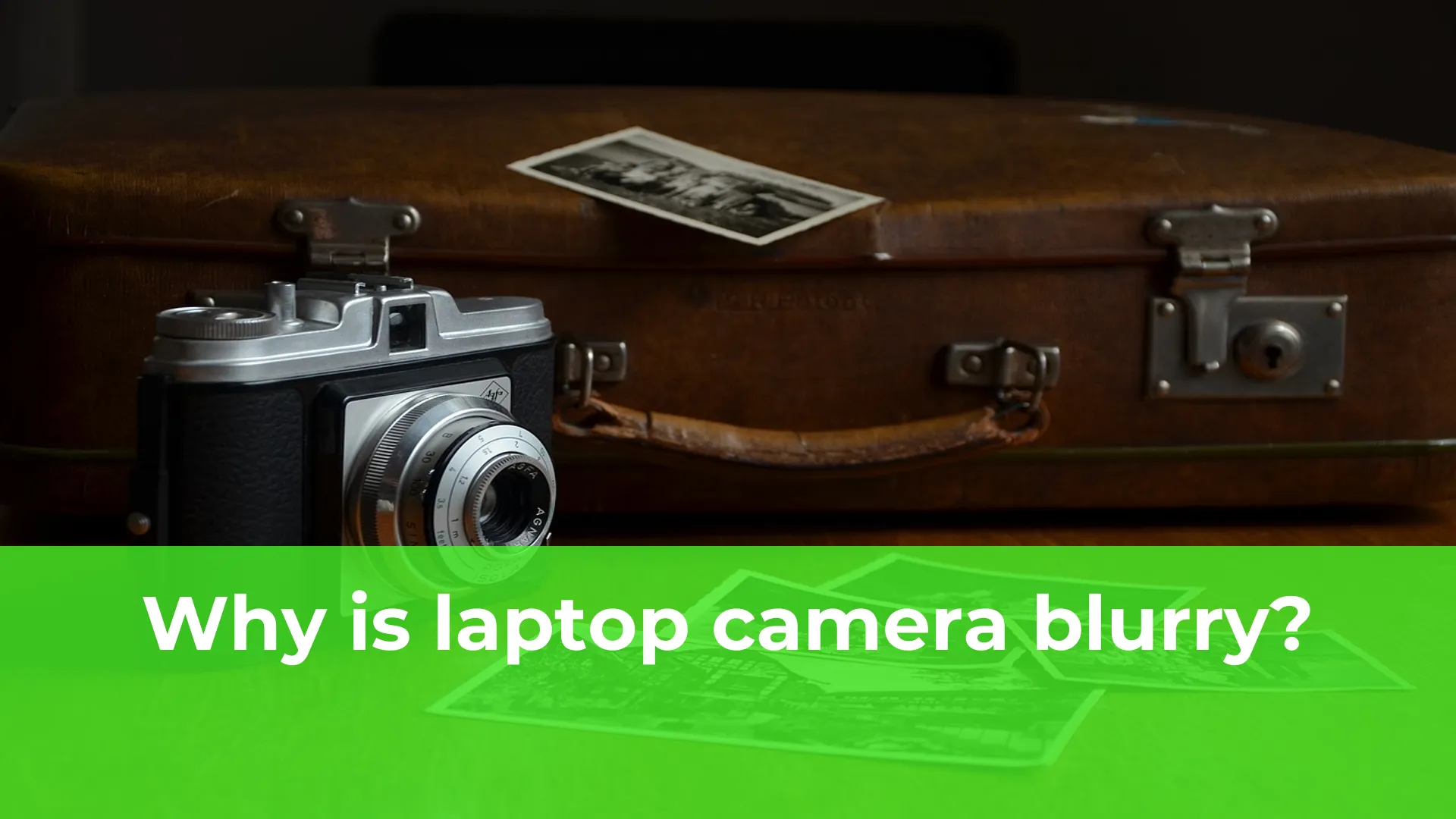Why is laptop camera blurry?
Why is laptop camera blurry? Many users have experienced the frustration of dealing with a blurry laptop camera during video calls or online meetings. There can be several reasons behind this issue, including hardware limitations, software settings, and environmental factors.
One common reason for a blurry laptop camera is the low resolution of the camera itself. Many laptops come with built-in cameras that have relatively low megapixels, resulting in poor image quality. These lower-resolution cameras may struggle to capture sharp and clear images, especially in low-light conditions.
Another factor that can contribute to a blurry laptop camera is improper software settings. Sometimes, the default camera settings on a laptop may be set to a lower quality or may not be optimized for the lighting conditions in the room. Adjusting the camera settings, such as increasing the resolution or tweaking the brightness and contrast levels, may help improve the clarity of the camera output.
1. Common Reasons Behind Blurry Laptop Camera Quality
Are you frustrated with the poor image quality from your laptop camera? You’re not alone. Blurry laptop camera quality is a common complaint among many users. There are several reasons behind this issue, and understanding them can help you improve your video calls and online meetings. One of the primary factors contributing to blurry camera quality is dust and smudges on the lens. Over time, your camera lens can accumulate dust particles and fingerprints, affecting the clarity of the images. Regularly cleaning the lens with a soft cloth can significantly improve the camera quality.
Another reason for blurry laptop camera quality is outdated or incompatible drivers. Drivers are software that enables your computer to communicate with the camera hardware effectively. If you haven’t updated your camera drivers in a while or if the installed drivers are incompatible with your laptop’s operating system, it can lead to blurry images. Updating your drivers or reinstalling them can often resolve this issue. Additionally, low light conditions or poor lighting can also impact camera quality. Insufficient lighting can result in grainy and blurry images. Adjusting the lighting in your surroundings or using external lighting sources can make a noticeable difference in camera clarity.
2. How Lighting Conditions Affect Your Laptop Camera Clarity
When it comes to video calls and online meetings, the clarity of your laptop camera can make a significant difference. However, one factor that is often overlooked is the lighting conditions in your environment. The lighting around you can greatly impact the quality of your video, affecting everything from the sharpness of the image to the overall visibility. Understanding how lighting conditions affect your laptop camera clarity can help you optimize your video calls and create a more professional and engaging experience.
First and foremost, lighting plays a crucial role in determining the exposure of your camera. Insufficient lighting can result in underexposed images, making you appear dark and difficult to see. On the other hand, harsh or excessive lighting can cause overexposure, washing out your features and creating a glare effect. Finding the right balance of lighting is essential for achieving optimal clarity. Additionally, the direction of light can also impact the overall quality. Natural or diffused light from windows or soft lighting sources tends to be more flattering and can help reduce shadows and unevenness, while direct light sources, such as a bright lamp or overhead light, can create harsh shadows and distortions.
